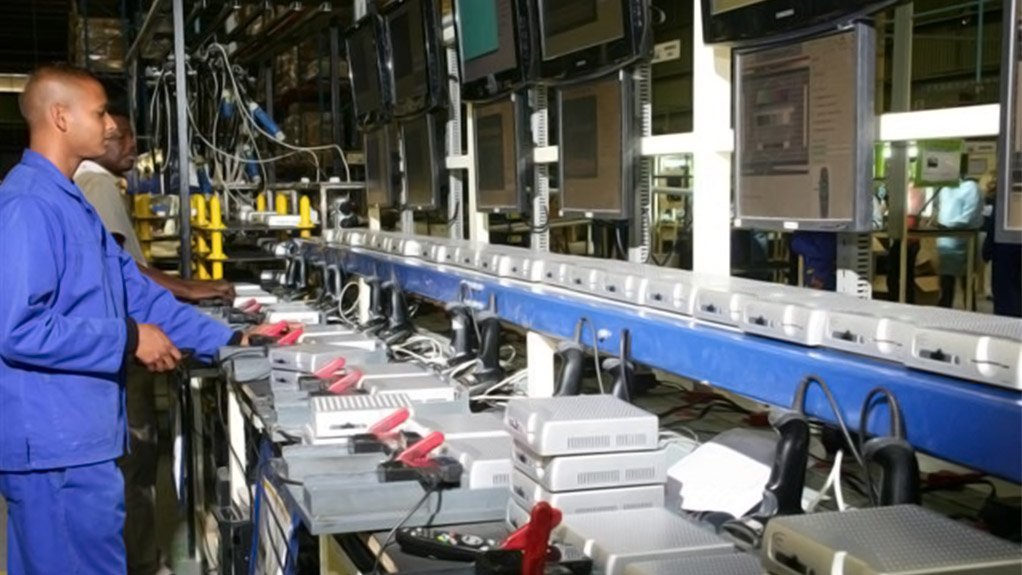South Africa’s Northern Cape will become the first province to transition from analogue to digital broadcasting as the Department of Communications (DoC) moves to implement the final stages of the years-overdue digital terrestrial television project.
In a phased approach over the next 36 months, starting within the final quarter of this year, the analogue frequencies would be switched off province by province as the subsidised set-top boxes (STBs) were deployed and the much anticipated Analogue Switch Off (ASO) programme kicked off.
By March 2016, the Universal Service and Access Agency of South Africa (Usaasa) hoped to have transitioned the more signal-interference-prone Northern Cape’s 240 000-odd television- (TV-) owning households onto the digital broadcasting platform, with more than 120 000 poor TV-owning households in the region equipped with a subsidised STB.
This would follow the deployment, by December 2015, of more than 7 000 subsidised STBs to the “priority” SKA region, in the Northern Cape, which would mostly make use of direct-to-home satellite broadcasting, as opposed to the terrestrial infrastructure.
The DoC had initially aimed to subsidise around five-million of the decoders required to intercept the digital broadcasting frequencies; however, information emerging from Usaasa’s presentation to the portfolio committees on Communications and Telecommunications and Postal Services this week indicated that this would extend to around six-million of South Africa’s 12.8-million television-owning households.
By June 2016, the DoC aimed to complete the migration and deliver subsidised STBs for South African TV-owning households positioned along the borders of Mozambique, Swaziland, Zimbabwe, Namibia, Botswana and Lesotho, which were also sensitive to neighbouring frequency disruptions. This phase would include Limpopo.
Overall, the DoC expected to complete the ASO programme in Mpumalanga within the fourth quarter of next year, with subsidised STBs installed in more than half of the 908 000 TV-owning households in the province.
During 2017, the DoC would shift the focus of the ASO programme to the North West, the Free State and the Eastern Cape, deploying 477 000, 414 000 and 712 000 subsidised decoders respectively.
By the third year, focus would shift to KwaZulu-Natal and the Western Cape, with one-million and 610 000 of the respective 1.9-million and 1.5-million TV-owning households in the provinces equipped with a subsidised STB.
Gauteng would be the last province to have its analogue frequencies switched off, with the DoC allocating around 1.5-million subsidised STBs to TV-owning households in South Africa’s most populous province.
The aim of the province-to-province staggered approach was to “draw on the lessons” of every deployment, starting with the smaller and less complex provinces; limit any potential negative impacts and interruptions to one province at a time; and allow for the concentration of human and financial resources to narrow to each province to enable a smooth and manageable transition.
The first STB orders were expected to be placed in August, as the South African Post Office (Sapo), which was tasked with dispensing the decoders, trained its staff, finalised its logistical and distribution plans and negotiated the R771-million funding shortfall for the R917-million decoder distribution project.
Sapo would, however, kick off the roll-out, despite only having R146-million in funds approved by the National Treasury, until the funds were depleted or the R771-million balance was secured.
EMAIL THIS ARTICLE SAVE THIS ARTICLE
To subscribe email subscriptions@creamermedia.co.za or click here
To advertise email advertising@creamermedia.co.za or click here











